EM@3AM: Murine Typhus
EMDocs
DECEMBER 1, 2024
Flea-Borne Typhus: Epidemiology Summary 2013-2019. Ischemic Hepatitis and Septic Shock Secondary to Murine Typhus Infection in Pregnancy. The RUSH exam: Rapid Ultrasound in SHock in the evaluation of the critically lll. Rosh Review Website Link References: Texas Department of State Health Services. Flea-Borne Typhus. Blanton LS.


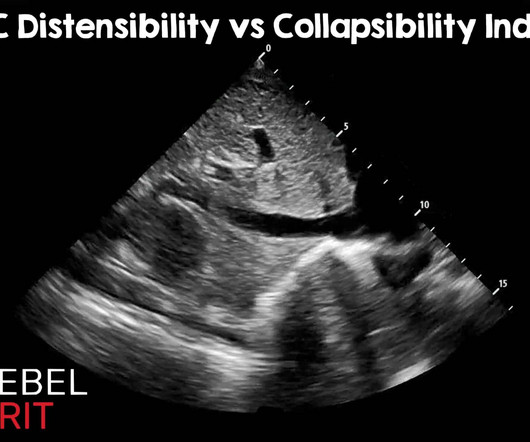
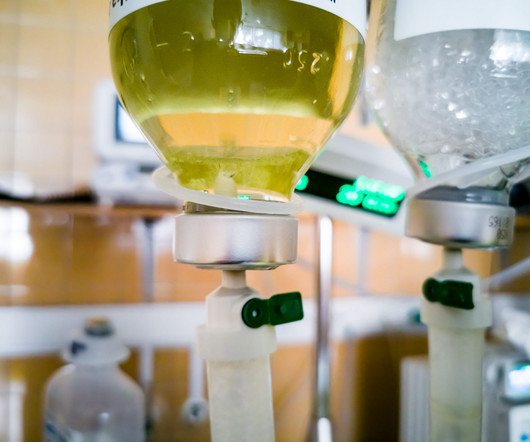











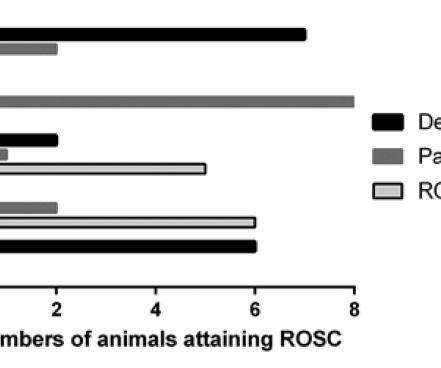











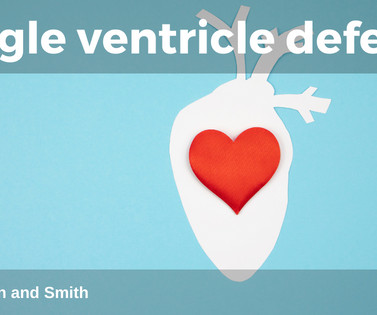






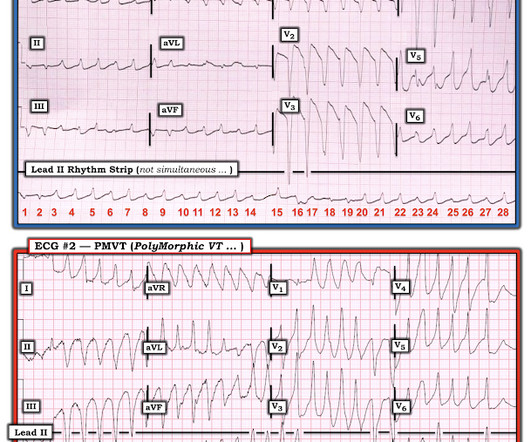



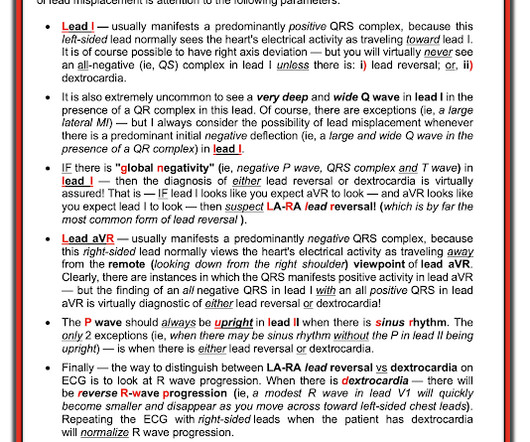











Let's personalize your content